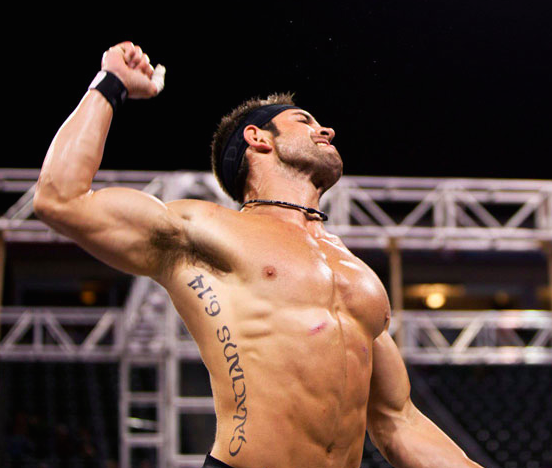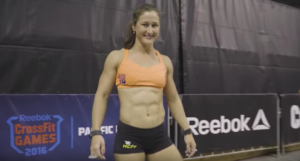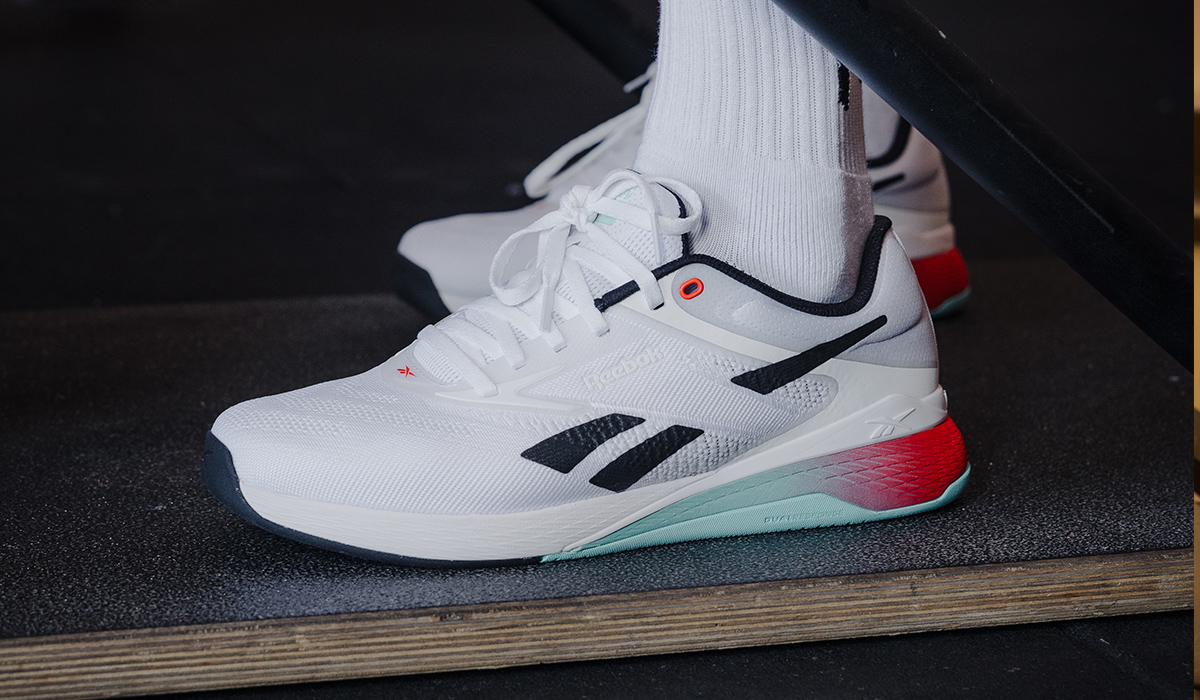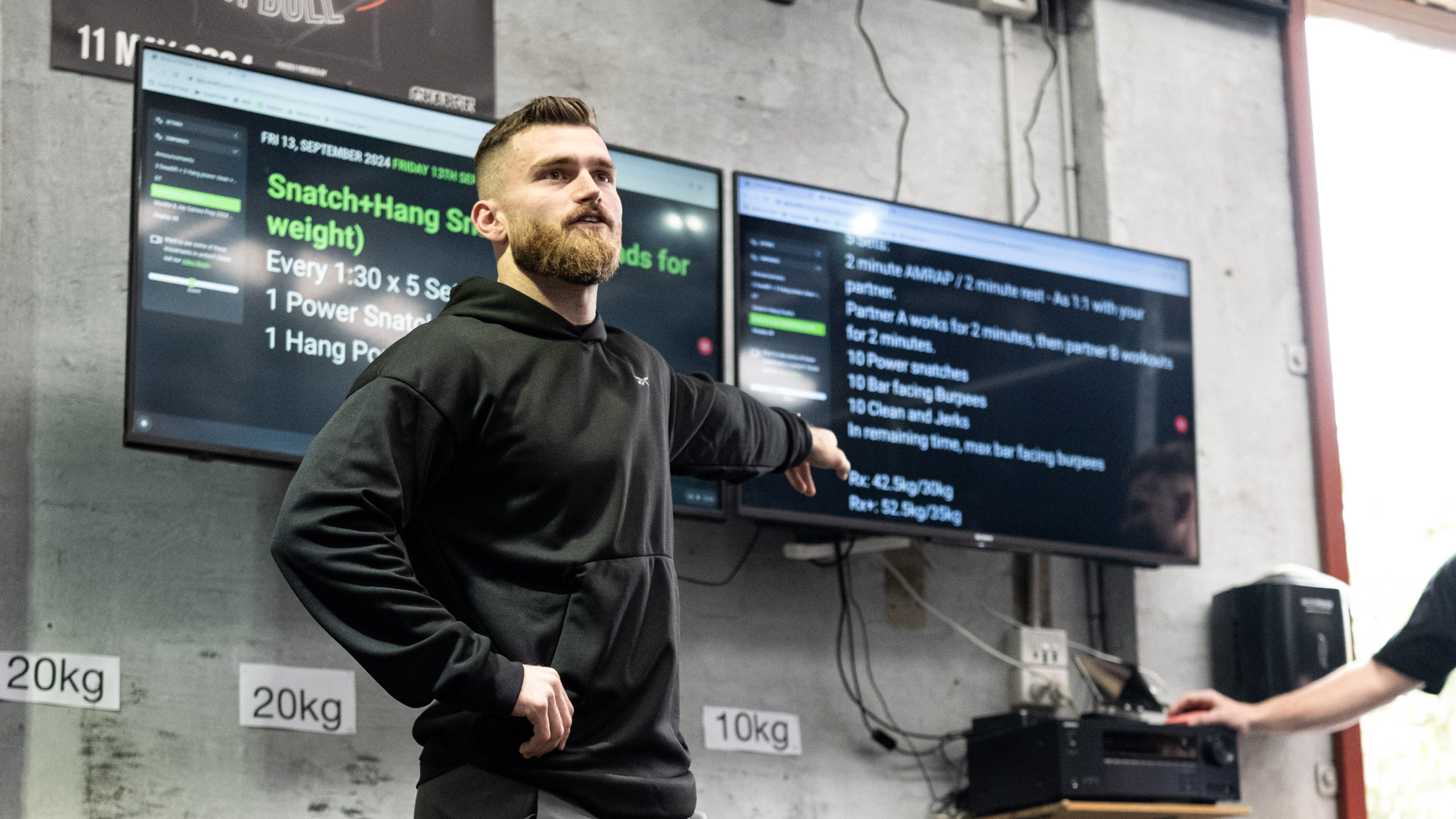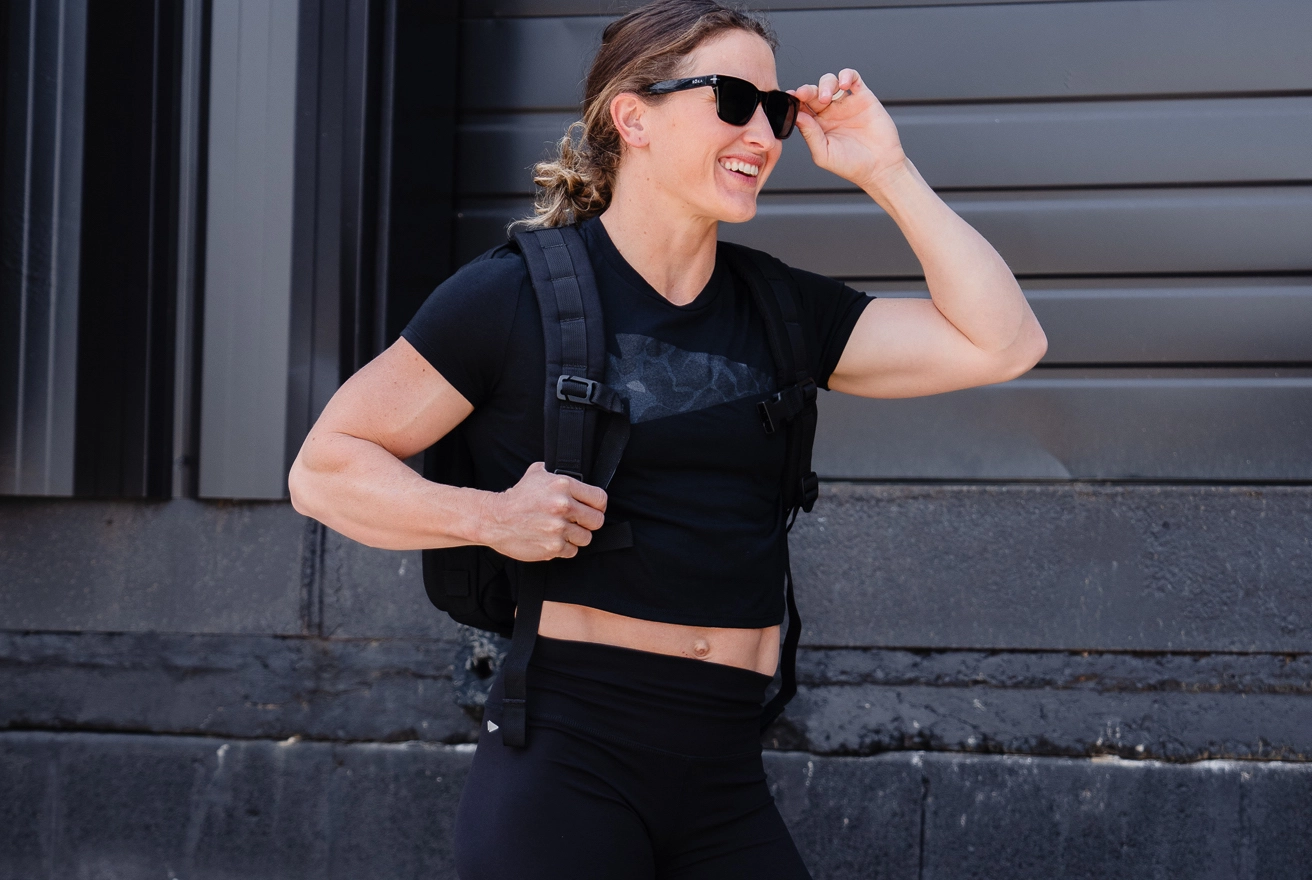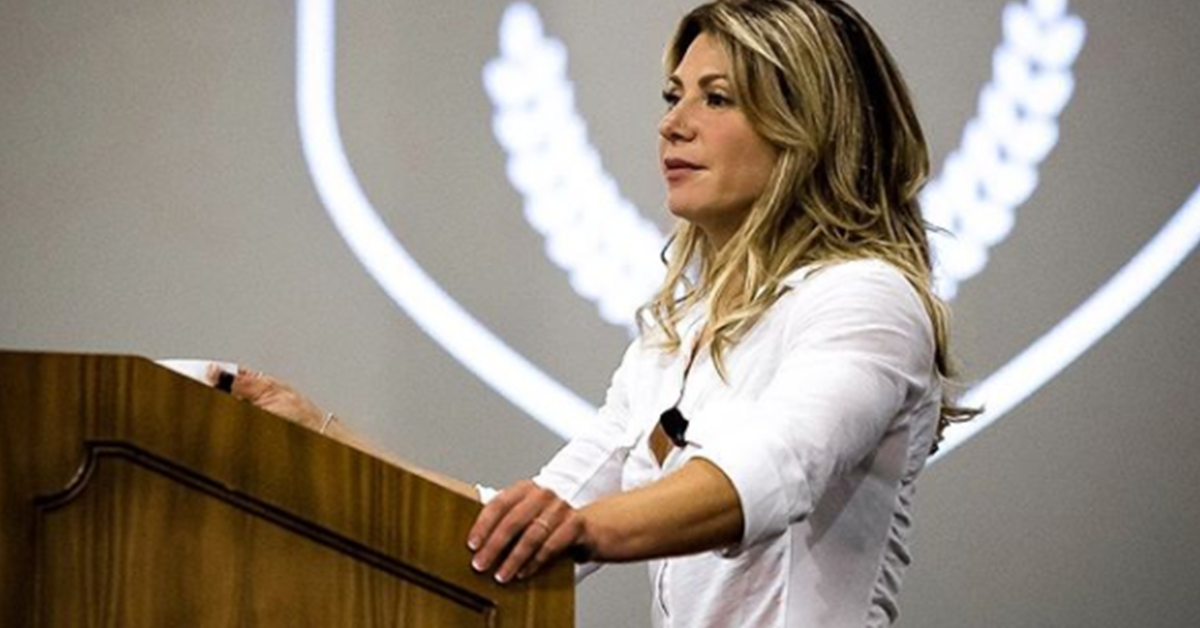Whether it’s dominating the competition world or meeting your own fitness goals, most athletes strive to be at peak performance. No matter what the motivation, reaching the apex of health and fitness is a never-ending challenge.
Dedicated athletes rarely miss a day of training. They eat all the right foods and some even have diets tailored for their specific needs. But have you ever heard an athlete talk about body language in their training?
If you knew body language would affect your training, you may pay more attention to it. You may consider it as important as nutrition or recovery. You may be skeptical about this, but hear us out! We’ve put together a couple points about body language—and image—and why it matters.
It’s about developing a mindset.
Proper mindset is important in athletics. If you’re unable to achieve the mindset you want, you might hire a coach—fitness coach or otherwise! Many people are seeking ways to develop the proper mental aptitude so they can perform better and have better lives. Part of that process is developing a goal.
Body image comes into play when setting a goal for yourself. Having a positive body image will benefit you in reaching your goal, whatever it may be. Finding worth in yourself in the present will help you improve your future self.
Body image reflects in your body language.
Depending on your mindset, you’ll move differently and people will perceive you differently. The better your body image, the better you’ll feel and perform.
Confidence boosts performance.
How does confidence translate to performance? Confidence—which comes partially from positive body image—has an effect on your body language, as well. In terms of athleticism, confidence can be achieved through power poses.
Imagine yourself sitting in an office, waiting for a job interview. You’ve got your good suit on. You’ve made sure you look good on the outside—very presentable and professional—in the hopes that it will have an impact with your potential employer. When you feel good about yourself, your confidence gets higher. And confidence shows.
In an article published in 2012, we meet Amy Cuddy, who in a Ted talk from TedGLOBAL 2012, talks about adopting power poses. The article says that “high-power posers showed an 8% increase in testosterone, low-power posers had a 10% decrease in the hormone. Meanwhile, the inverse relationship happened with cortisol, the hormone related to stress. While high-power posers experienced a 25% decrease in cortisol levels, low-power posers had a 15% increase in their stress levels.”
You’re probably wondering what a power pose is. Below are some examples:
- V For Victory – Hold your arms above your head in a V shape, either with open or closed palms. Feel as if you’ve just won a competition and are soaking in the applause.
- The Superhero – Channel your inner superhero for this one. Place your hands at your hips, spread your feet apart and puff out your chest. You can also tilt your chin up to maximize it. Go ahead and feel like Captain America or Iron Man!
- Smiling – Smiling during lifts or when doing your reps can impact your performance. Smiling sends a positive message to your brain, which in turn will help you project more confidence.
Now practice those poses! Building your confidence and showing it through power poses can have a great effect on your athletic performance.

